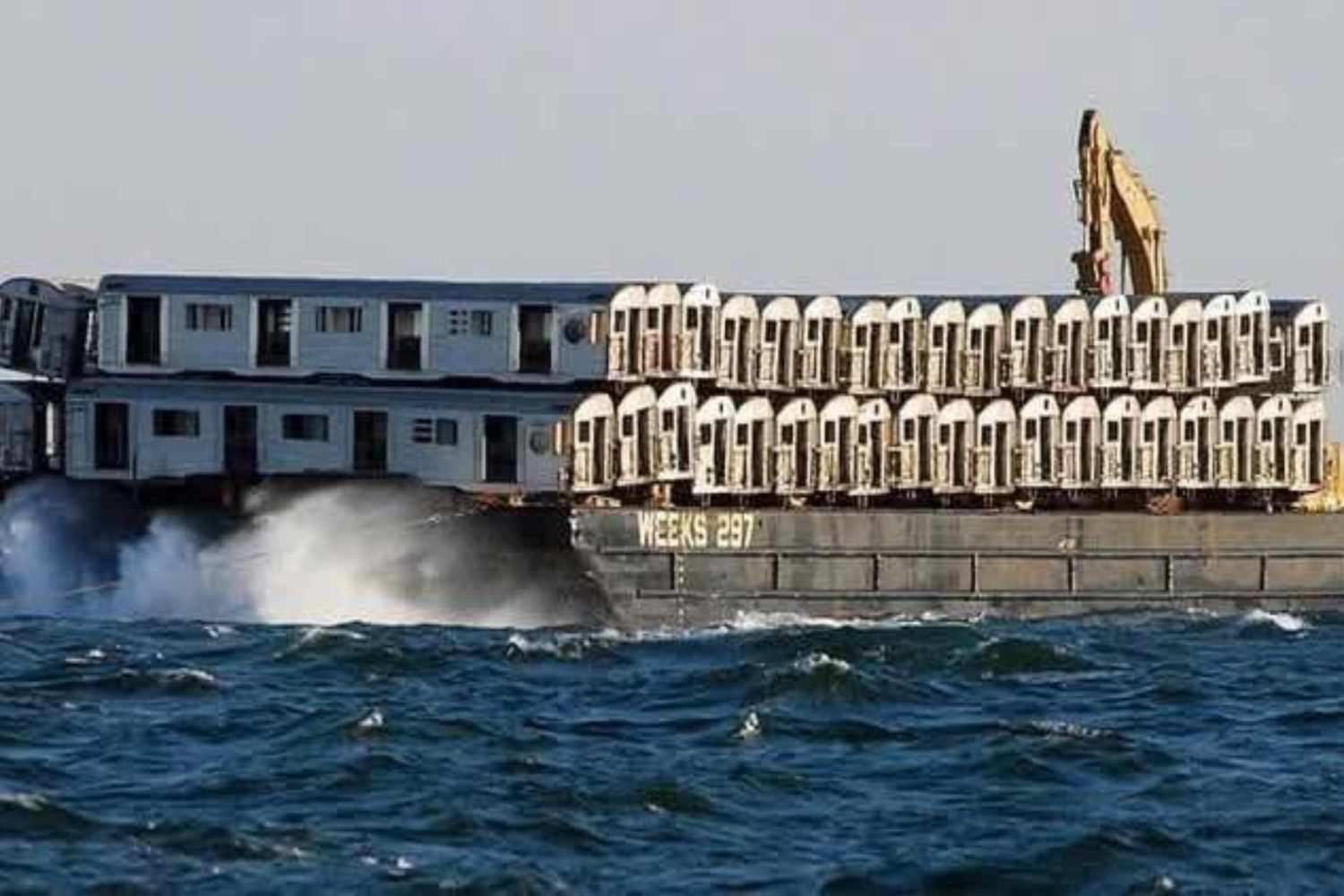No pollution, just creating artificial coral reefs to promote marine biodiversity and protect the coasts from erosion: for this reason New York has deposited about 2,500 decommissioned subway cars in the Atlantic Ocean

@LongIsland.com/Facebook
Between 2001 and 2010, New York City undertook an unusual but highly effective environmental initiative: dumping around 2,500 decommissioned subway cars into the Atlantic Ocean. Known as the MTA Artificial Reefing Program, this project aimed to create artificial coral reefs to boost marine biodiversity and protect coastlines from erosion.
MTA Artificial Reefing Program
Before being sunk, the subway cars went through a thorough cleaning process. All potentially polluting materials—such as oils, windows, seats, and plastic components—were stripped away, leaving behind only the bare metal shell. Once cleaned, the cars were loaded onto barges and dropped into carefully selected spots along the U.S. coastline, from New Jersey all the way down to Georgia.
Building new homes underwater
The principle behind the operation is simple but powerful: solid structures placed on the ocean floor offer the perfect foundation for coral, sponge, and algae growth, forming natural habitats for countless species of fish and invertebrates. In a short amount of time, these artificial reefs transform into thriving underwater ecosystems, bringing life to previously barren seabeds.
According to marine experts, artificial reefs can generate up to 400 times more food for fish than sandy ocean bottoms.
Turning waste into resources for nature
Beyond its environmental impact, the program also delivered economic benefits to local communities. The new reefs attracted scuba divers and marine biology enthusiasts, fueling the growth of underwater tourism. Meanwhile, rising marine life populations supported local fisheries, helping sustain the fishing industry.
The presence of these underwater structures also helped stabilize marine sediments, playing a crucial role in minimizing shoreline erosion.
Authorities carefully monitored the reef sites, evaluating both safety and ecosystem growth. The findings were promising: fish and invertebrate populations surged, proving that the smart reuse of industrial materials can become a valuable asset to the environment.
Although the program officially ended in 2010, its legacy lives on. The once-crowded subway cars of New York now serve as homes to thriving marine communities, standing as a remarkable example of how human intervention can positively shape ecosystems—turning waste into life.
